We are half-way through the first full year of the Linked Digital Future initiative. Much has been accomplished already. And much has been learned.
In a spirit of openness and collaboration, we would like to share our complete Mid-Year Progress Report with the arts sector. The report offers an overview of what we’ve done and what we are currently up to. The report also includes several lessons learned, two of which I would like to share in this post.
Linked open data and Schema.org
Linked open data is not an easy sell from a discoverability standpoint. Arts organizations who aren’t aware of how search engines have evolved require contextual information before they can understand the need for translating human-readable event information into machine-readable linked open data. The few organizations that know about search engine evolution and schema.org vocabulary tend to think of structured data as yet another SEO best practice or, worse, as the one magic solution to their digital discoverability gap. Unless these concepts are explained, arts organizations risk not understanding the value of going one big step further into linked open data. They risk not understanding the collective stakes of discoverability.
The availability and ease of use of Schema plugins is a very good thing in and of itself. We just need to ensure that the sector’s digital transformation doesn’t stop with Schema. Otherwise, we will primarily serve the interests of giant corporations and we will miss out on opportunities for arts organizations and artists to take more direct and active control over their data future.
We need to ensure that the sector’s digital transformation doesn’t stop with Schema. Otherwise, we will … miss out on opportunities for arts organizations and artists to take more direct and active control over their data future.
From siloed to open mindsets
Linked open data is not an easy sell from an interoperability standpoint either. Even though everyone agrees in principle with sharing and reusing non-personal data, there are many technical and attitudinal obstacles. Arts data systems/platforms such as directories, maps and event calendars typically use ad hoc data models and store data in relational databases. Data integration in this context is difficult. Even when new systems/platforms are being developed within the arts sector, it is very difficult for arts leaders to depart from their familiar relational databases, and to rather consider more open, flexible and collaborative options such as RDF-based data models and graph databases. Quoting the W3C on the fact that “graph data is … better suited to integrating data from heterogeneous sources” doesn’t help much. Unless the individual and collective benefits of graph data (i.e. linked open data) are demonstrated in a tangible, concrete fashion, siloed practices and mindsets will prevail. Digital literacy and prototypes focused on linked open data are urgently needed while public funding is still available in Canada via the Digital Strategy Fund.
My colleagues and I look forward to go on the road – at Digital Shift workshops in Toronto, Halifax and Vacouver, at the Arts, Culture and Digital Transformation Summit, and at the CAPACOA Conference – to talk about these lessons learned and to discuss next steps for the digital transformation of the arts sector.
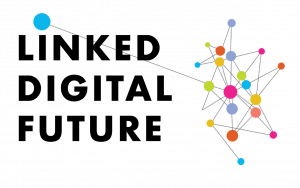
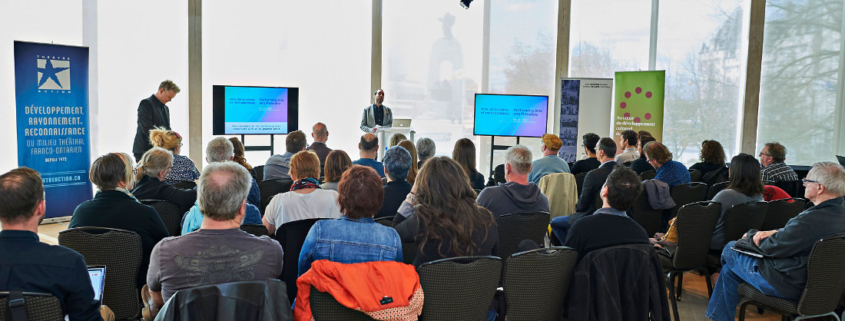
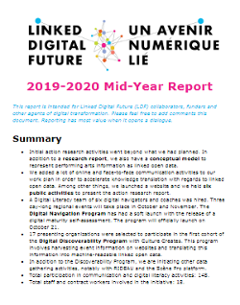
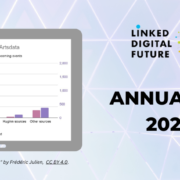

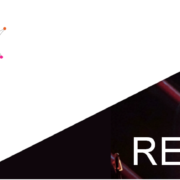
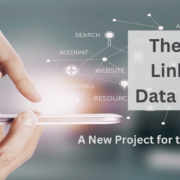 CC BY 4.0
CC BY 4.0 
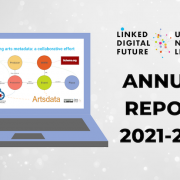
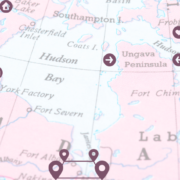
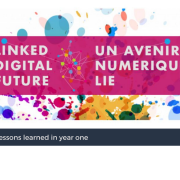





Trackbacks & Pingbacks
[…] use the Schema.org vocabulary developed by Google, Bing, Yahoo and Yandex. As I pointed out in this post, until a sector-owned data standard is adopted, the Schema vocabulary is indeed a good default […]
Leave a Reply
Want to join the discussion?Feel free to contribute!